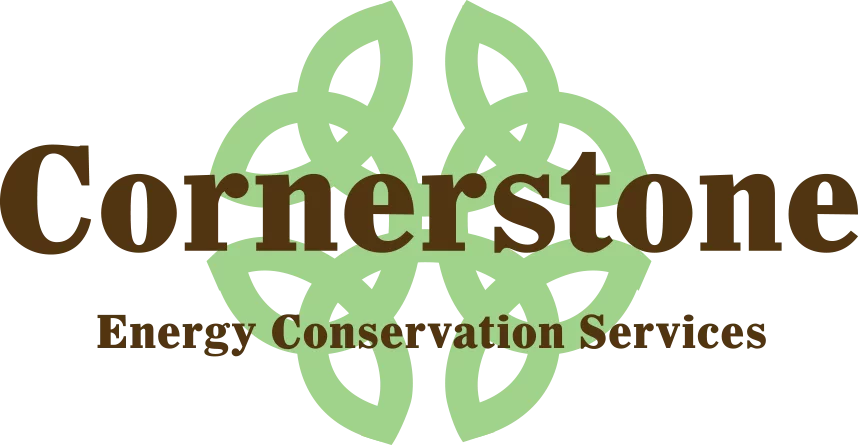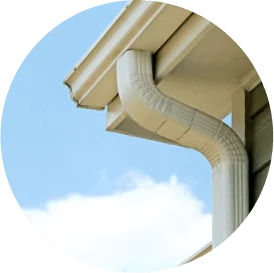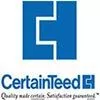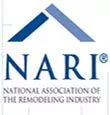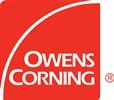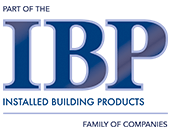- 1320 McKinley Avenue, Suite B
Columbus, OH 43222 - |Contact Us
About Us
Cornerstone Energy Conservation Services is the largest accredited Home Energy Rating System (HERS) Provider in the State of Ohio. Cornerstone Energy Conservation Services has been a pioneer in providing both reliable and reasonably priced certification service for building community and the residential homeowner.
The Rating
A Home Energy Rating uses a U.S Department of Energy accepted scoring system to evaluate the energy efficiency of a home or commercial building. The home is modeled using sophisticated software. The software allows the consumer to compare homes of different designs based on their energy loads. It is similar to a Chapter 4 compliance procedure for the International Energy Conservation Code (Building Design by Systems Analysis) in that it compares a geometric twin of the building, one with energy systems assigned minimum R-values, U-values and equipment efficiencies (the Reference Building), to the one that is as the builder or architect has designed. For code compliance, the as-designed building must use equal to or less than the energy of the reference building to pass. In the HERS rating, the difference in the as-designed and reference homes is assessed, and the difference is given a score.
The home receives a score between 1 and 100, depending on its relative efficiency. An estimate of the home’s energy costs is also provided in the report. The home’s energy rating is then equated to a Star rating ranging from one star for a very inefficient home to five stars for a highly efficient home.
The testing and inspections are extensive. The HERS Rater will examine the attic insulation for depth and consistency, and he/she will many times inspect the structure prior to drywall for insulation defects and make sure areas behind tubs or showers, stair stringers, etc. are insulated. If the home is an existing structure the Rater may us a thermal camera to access the condition of the existing insulation.
Blower door and duct leakage testing are required. The blower door not only shows how and where air leaks occur, but also can determine what level of air tightness is best to keep the indoor environment healthy. Duct leakage is the most common energy defect. This becomes less of a problem if the ducts are run inside the building envelope, but a great many homes run at least some ducts through attics and ventilated crawl spaces.
ENERGY STAR and Other Programs
Calculating the most cost-effective package of energy-saving features in a new home can be difficult and time consuming for building design professionals. The typical homebuyer, though he/she wants an energy-efficient home, will not expend the effort to get the best package. By looking for the EPA’s ENERGY STAR label, the homebuyer will be assured of a level of performance above the minimum efficiency rating.
Energy Consulting
Comfort, quality and an affordable operating cost are combined and known as building performance. Building performance may be affected by a simple change. A client may want a small sitting room bump-out that adds 100 square feet or so of glass. While other buildings perform well with a standard U-value window, that one room may become a monster heat generator in the summer and a cold sink in the winter. The temperature difference from another room to that room may cause the homeowner to tinker incessantly with the thermostat until they finally call the builder.
Consulting with the Rater initially at the blueprint stage will allow the builder/architect to assess what-ifs to find corrections for common problems. If the designer has command of pricing, the consulting exercise can result in improvements that add little or no up-front cost to the building.

Our insulation team adds energy efficiency, comfort & value to your home.
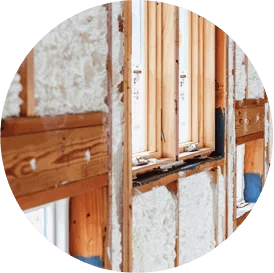
We insulate metal buildings, warehouses and other commercial properties.
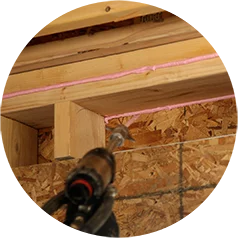
Edwards/Mooney & Moses provides air sealing services for new homes and buildings.
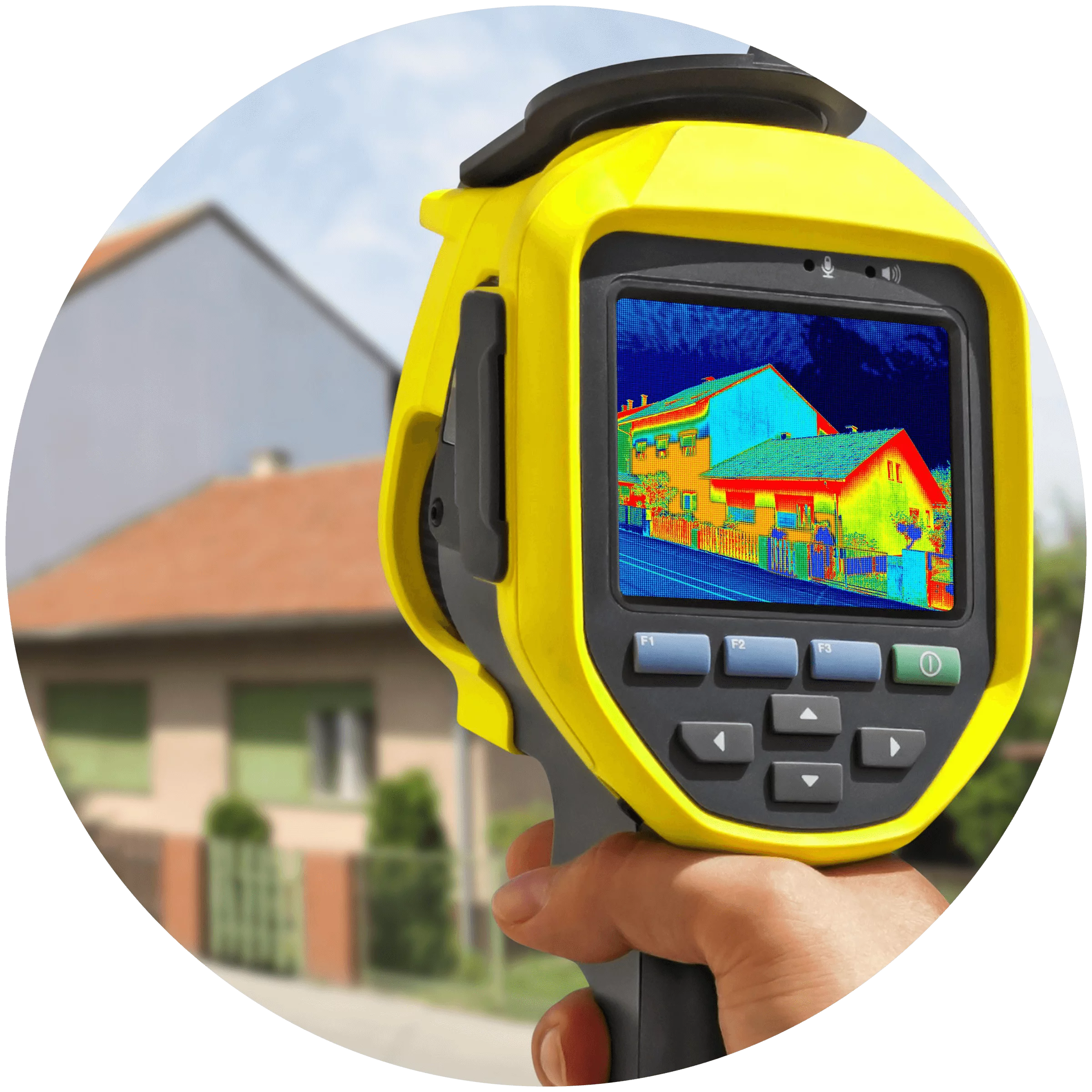
Your heating equipment is only part of the equation. The efficiency of the envelope (the outer walls, floor, ceiling or roof) also calls for thought.
